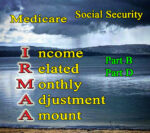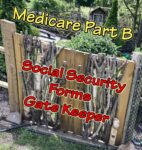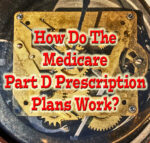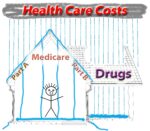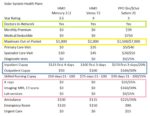Pat and Don are a married couple. Pat is age 67 and Don is age 64. Pat retires from work and leaves the employer group plan. Pat activates Part B of Medicare. For the last filed tax year, the modified adjusted gross income for Pat and Don was $350,000. Pat will be subject to an Income Related Monthly Adjustment Amount for the Part B and Part D.

